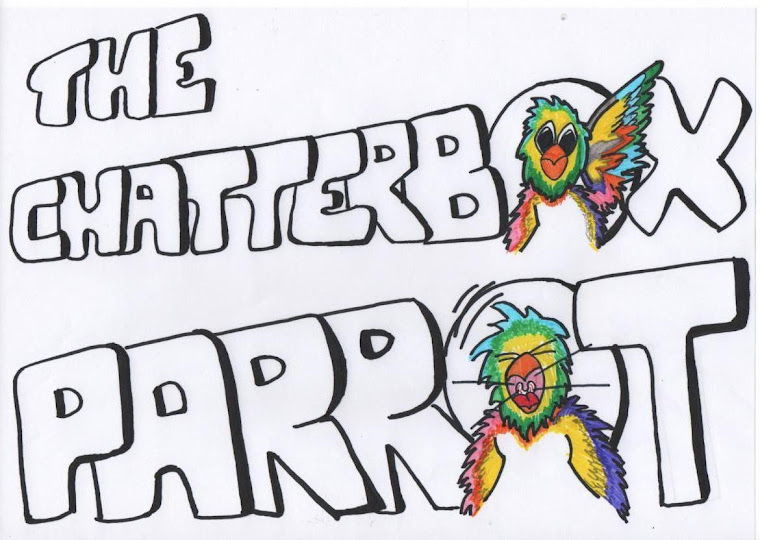
AudiolingualMethod-BersuKaradağ
ADVANTAGES
Listening and speaking skills are improved.
Learning through communication is aimed.
Vocabulary is improved by memorizing.
DISADVANTAGES
Advanced ss may get bored.
As ss imitate teachers, they don't think about what they are learning.
As speaking is the most important thing, reading and writing are ignored.
ROLES

STUDENT'S ROLE
Students are the imitators of teacher.
They follow teacher's directions.
They respond as accuretly and rapidly as possible.

TEACHER'S ROLE
Teacher is active, the center of class.
Teacher directs and controlls the class.
Teacher is a model for students.
Teacher uses different ways to keep the interest of ss.

TECHNIQUES
Dialog Memorization
Drills
Backward Build-up
Repetition
Chain
Single-slot Substitution
Transformation Drill
Multiple-slot Substitution
Question-answer
Use of Minimal Pairs
Complete the Dialog

GOALS
Accurate pronunciation
Using target language communicatively
Listening comprehension

BACKGROUND
The Audio-Lingual method of teaching English as a second language had its origins during World War II when it became known as the Army method. It was developed as a reaction to the grammar-translation method of teaching foreign languages. Grammar-translation had been used to teach for thousands of years, but the method was perceived as taking too long for learners to be able to speak in the target language. The Audio-Lingual method set out to achieve quick communicative competence through innovative methods. From about 1947-1967 the Audio-Lingual approach was the dominant foreign language teaching method in the United States. The Audio-Lingual method is based on the theory that language learning is a question of habit formation. It has its origins in Skinner’s principles of behavior theory. Since learning is thought to be a question of habit formation, errors are considered to be bad and to be avoided. Further, teachers “reward” students by saying “Good!” and praising the class when they perform well.
PRINCIPLES
Target language is used.
Language is given within a context.
Teacher is the model.
Student is the imitator.
Learning is a process of habit formation.
Written work is limited.
Speech is more important than writing.
Errors are corrected immediately.
MATERIALS USED IN CLASS

TAPE RECORDER

LANGUAGE LABS

AUDIO-VISUAL EQUIPMENTS
